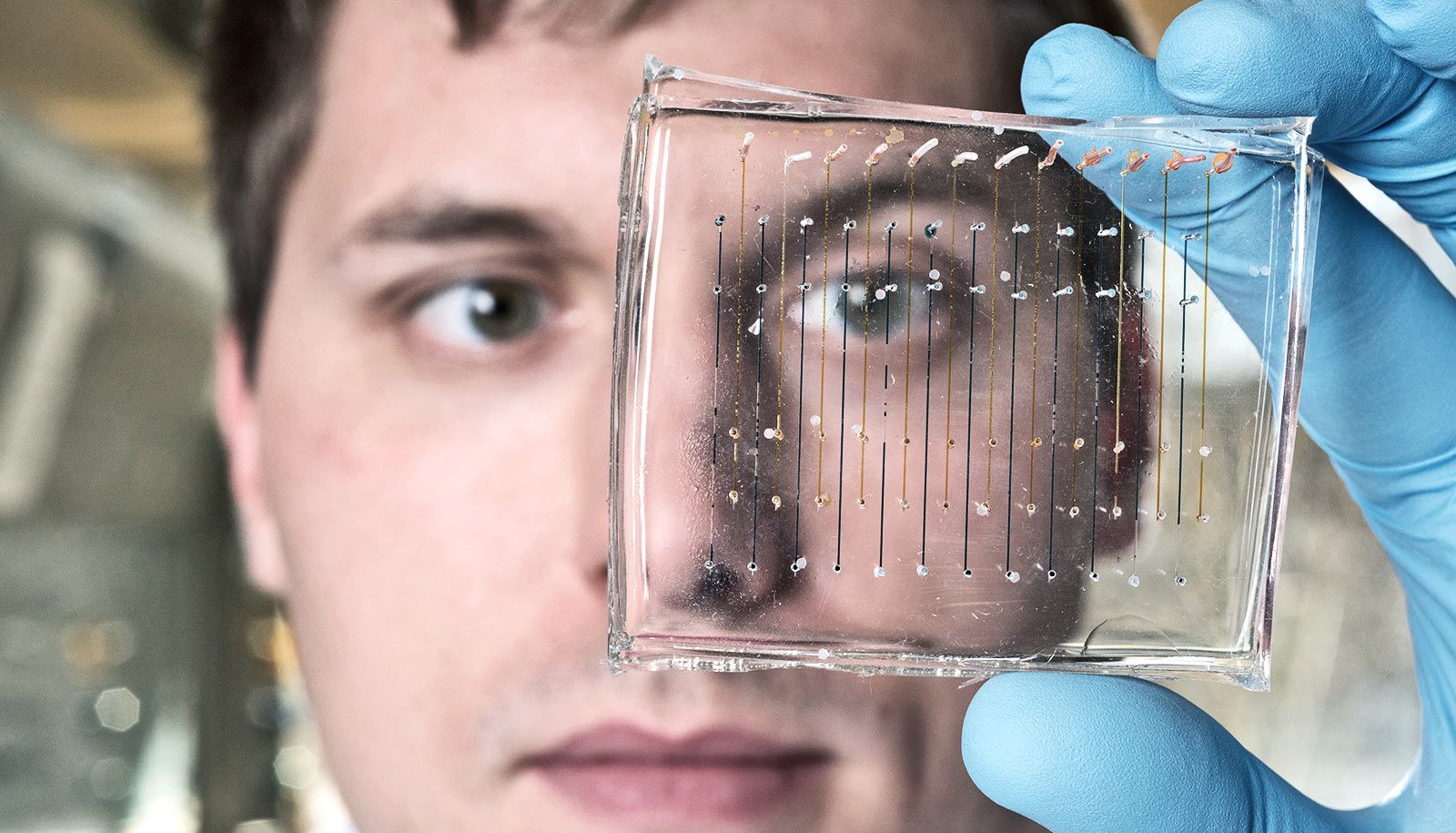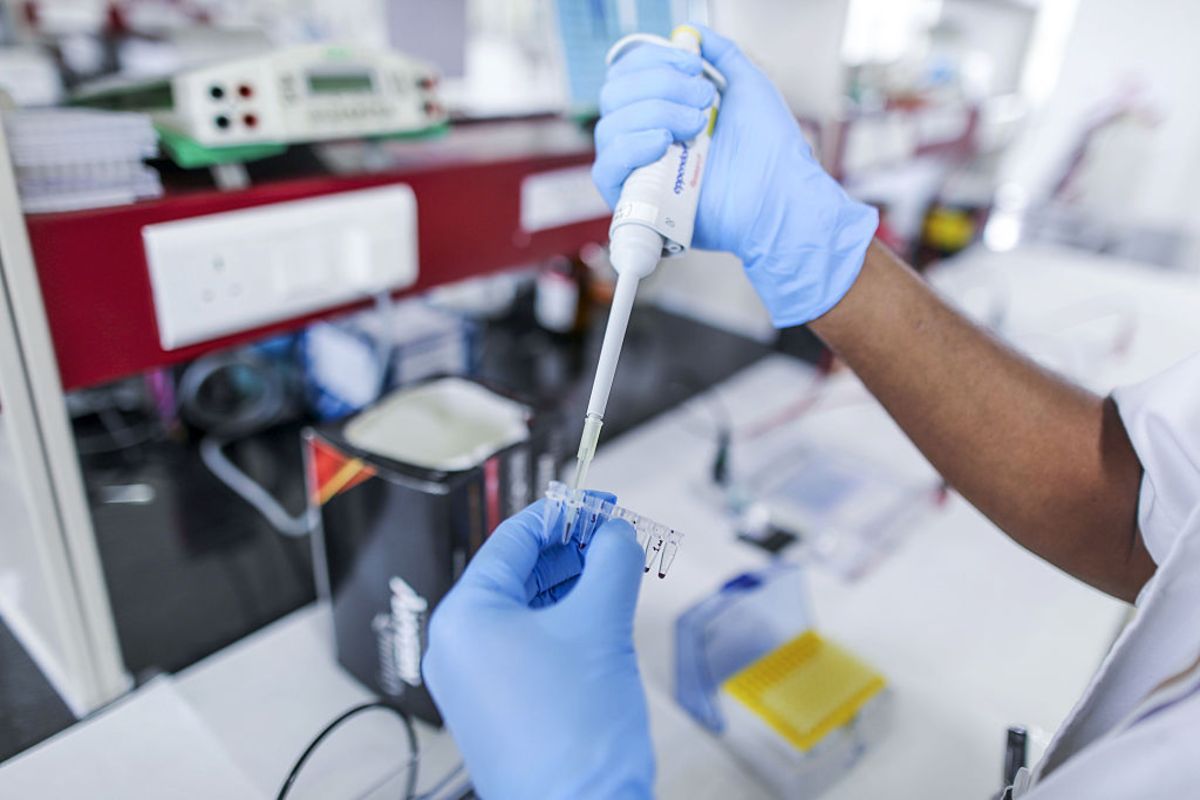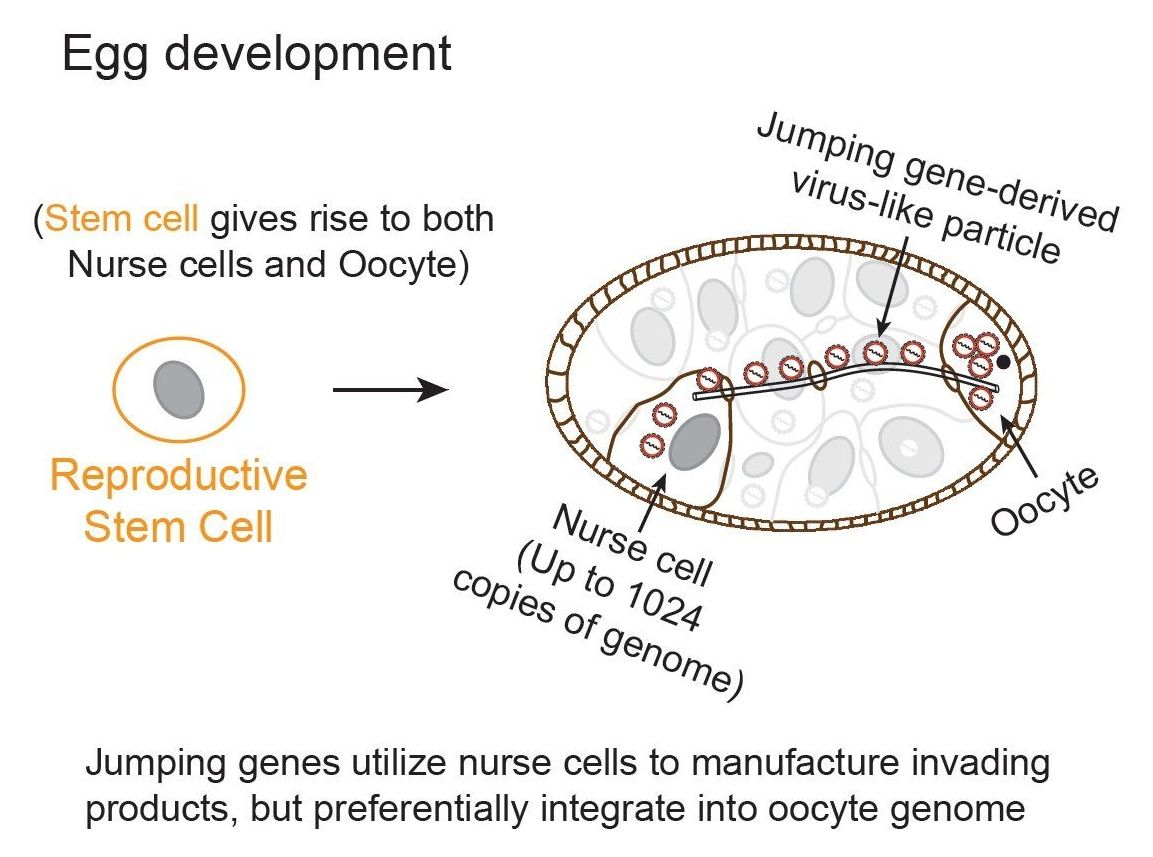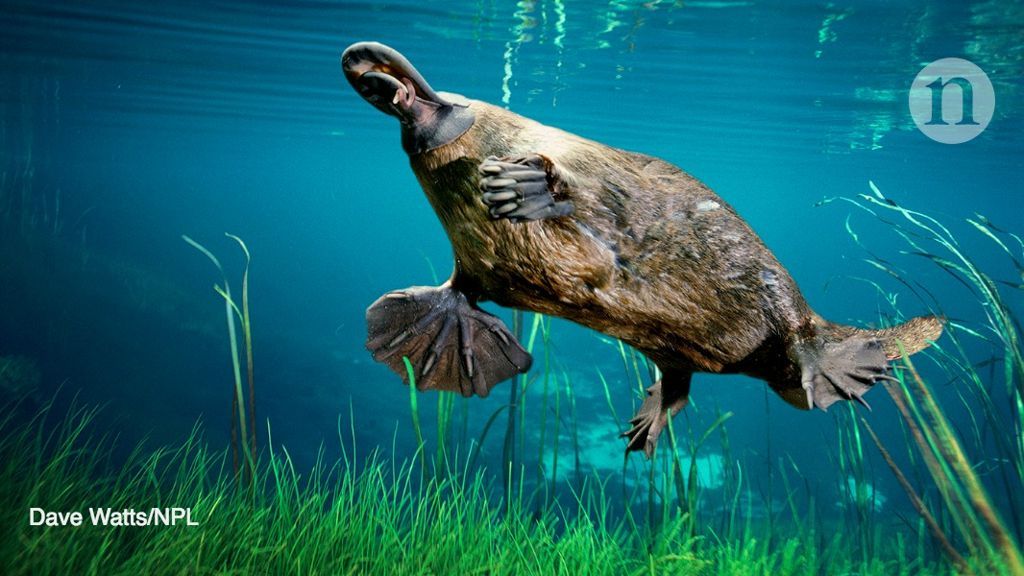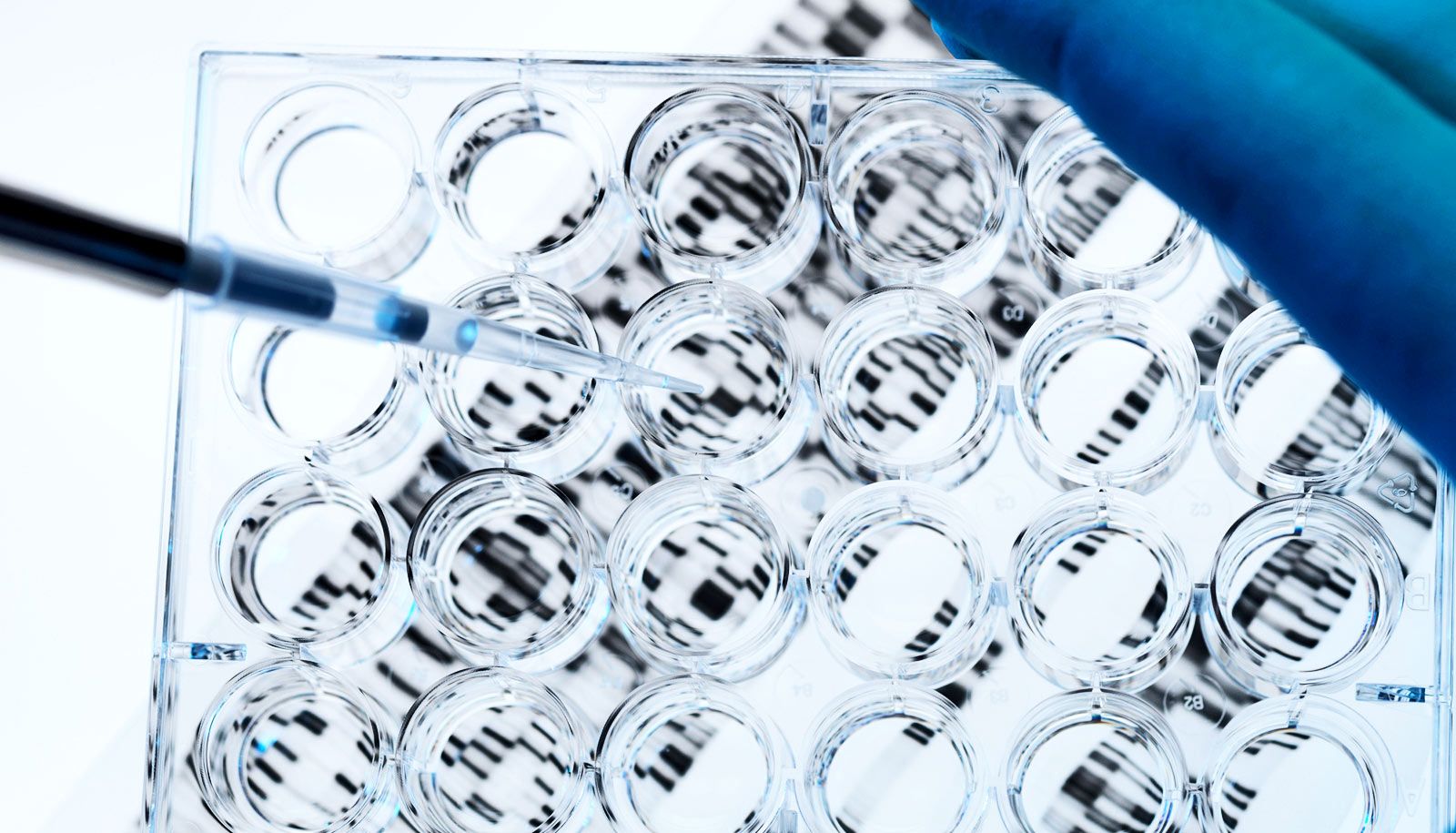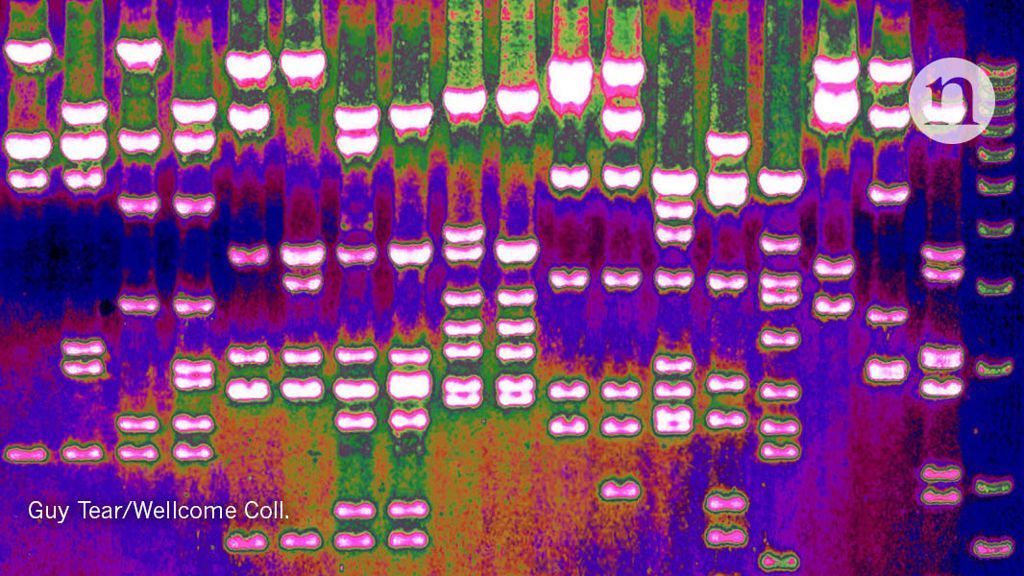Archive for the ‘genetics’ category: Page 339
Nov 4, 2018
From Gene-Editing Cures to Bioweapon Nightmare
Posted by Genevieve Klien in categories: biotech/medical, genetics
Nov 2, 2018
How do jumping genes cause disease, drive evolution?
Posted by Genevieve Klien in categories: biotech/medical, evolution, genetics
Almost half of our DNA sequences are made up of jumping genes—also known as transposons. They jump around the genome in developing sperm and egg cells and are important to evolution. But their mobilization can also cause new mutations that lead to diseases, such as hemophilia and cancer. Remarkably little is known about when and where their movements occur in developing reproductive cells, the key process that ensures their propagation in future generations, but can lead to genetic disorders for the hosts.
To address this problem, a team of Carnegie researchers developed new techniques to track the mobilization of jumping genes. They found that during a particular period of egg development, a group of jumping-genes called retrotransposons hijacks special cells called nurse cells that nurture the developing eggs. These jumping genes use nurse cells to produce invasive material (copies of themselves called virus-like particles) that move into a nearby egg and then mobilize into the egg’s DNA. The research is published in the July 26 on-line issue of Cell.
Animals have unwittingly developed a powerful system to suppress jumping gene activity that uses small, non-coding RNAs called piRNAs, which recognize jumping genes and suppress their activity. Occasionally, jumping genes still manage to move, suggesting that they employ some special tactics to escape piRNA control. However, tracking the mobilization of jumping genes to understand their tactics has been a daunting task.
Nov 2, 2018
The ambitious plan to decode every complex species on Earth
Posted by Genevieve Klien in categories: biotech/medical, genetics
An ambitious effort to sequence the genome of every complex organism on Earth was officially launched on 1 November in London.
“Variation is the fount of all genetic knowledge,” says project member and evolutionary geneticist Jenny Graves of La Trobe University in Melbourne, Australia. “The more variation you have the better — so why not sequence everything?”
The Earth BioGenome Project aims to sequence the genomes of the roughly 1.5 million known animal, plant, protozoan and fungal species — collectively known as eukaryotes — worldwide over the next decade. The initiative is estimated to cost US$4.7 billion, although only a small proportion of that money has been committed so far.
Nov 1, 2018
Should genealogy data be used to solve crimes?
Posted by Genevieve Klien in categories: biotech/medical, genetics
New research shows how police could use forensic DNA to track down a suspect’s relatives in genealogy databases that store a different kind of genetic data—and that were never intended for use in police investigations.
In other words, if your sibling leaves DNA at a crime scene, it could lead detectives to your door. That suggests new investigative possibilities for police—and also new concerns about genetic privacy and whether authorities who use forensic DNA in creative ways might be overstepping their bounds, says Noah Rosenberg, a professor of biology at Stanford University and senior author of a study, which appears in Cell.
“The potential to link people’s genotypes across databases has been developing for some time. It is both of interest and concerning, depending on one’s point of view,” says Rosenberg, who is also a member of Stanford Bio-X.
Nov 1, 2018
Machine learning spots natural selection at work in human genome
Posted by Genevieve Klien in categories: biotech/medical, genetics, robotics/AI
Scientists are using artificial intelligence to identify genetic sequences molded by evolutionary pressures.
Nov 1, 2018
Bioquark Inc. — Eat This, Not That! — Ira Pastor
Posted by Ira S. Pastor in categories: aging, biotech/medical, chemistry, DNA, genetics, health, life extension, neuroscience, science, transhumanism
Tags: aging, anti-aging, bioquantine, bioquark, biotech, diet, health, nutrition, reanima, reanimation, regenerage, regeneration, wellness
Oct 29, 2018
Studies raise questions over how epigenetic information is inherited
Posted by Xavier Rosseel in categories: biotech/medical, genetics, health
Evidence has been building in recent years that our diet, our habits or traumatic experiences can have consequences for the health of our children — and even our grandchildren. The explanation that has gained most currency for how this occurs is so-called ‘epigenetic inheritance’ — patterns of chemical ‘marks’ on or around our DNA that are hypothesised to be passed down the generations. But new research from the University of Cambridge suggests that this mechanism of non-genetic inheritance is likely to be very rare.
A second study, also from Cambridge, suggests, however, that one way that environmental effects are passed on may in fact be through molecules produced from the DNA known as RNA that are found in a father’s sperm.
The mechanism by which we inherit innate characteristics from our parents is well understood: we inherit half of our genes from our mother and half from our father. However, the mechanism whereby a ‘memory’ of the parent’s environment and behaviour might be passed down through the generations is not understood.
Oct 29, 2018
Scientists Extract DNA From Seabiscuit’s Hooves To Figure Out How He Was So Fast
Posted by Genevieve Klien in categories: biotech/medical, genetics
Eighty years ago, the horse famously trounced Triple Crown winner War Admiral. Did genetics make him an unlikely success?
Oct 29, 2018
Technology and Culture: Our Accelerating Epigenetic Factor Driven Evolution
Posted by Alex Vikoulov in categories: computing, genetics, particle physics, space, virtual reality
Memes are not just learned, they run deeper than that, they are part of our shared experience as human beings. This is how we communicate to each other through spoken, written, and body language; this is how we participate in customs, rituals and cultural traditions. Indeed, human civilization has always been a “cultured” virtual reality. We don’t often think of cultures as virtual realities, but there is no more apt descriptor for our widely diverse sociology and interpretations than the metaphor of the “virtual reality.” In truth, the virtual reality metaphor encompasses the entire human enterprise. We should realize that all our ideologies and religions, our belief systems and models of reality are our own personal operating systems — real to us but wry to someone else — each of us lives in a seemingly shared but simultaneously private virtual world.
By Alex Vikoulov.
Continue reading “Technology and Culture: Our Accelerating Epigenetic Factor Driven Evolution” »
